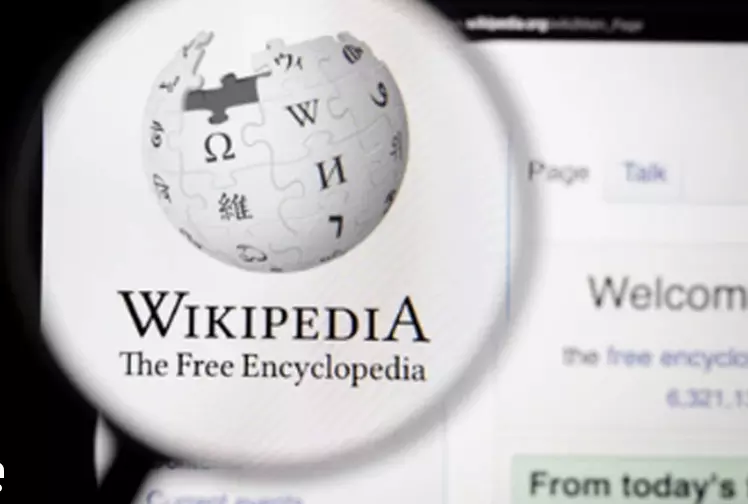Falling down a Wikipedia rabbit hole? Research reveals three curiosity types
Falling down a Wikipedia rabbit hole? Research reveals three curiosity types

If you’ve ever started looking up a quick fact and found yourself hours later deep in a web of unrelated articles, you’re not alone. This curiosity-led journey, often called “going down a rabbit hole,” is common among Wikipedia users. New research led by Dale Zhou at the University of Pennsylvania, involving over 480,000 users across 50 countries and 14 languages, has identified three distinct “curiosity styles” that define how people browse Wikipedia. This large-scale study provides new insights into our learning behaviors and how they connect with wellbeing and information-seeking patterns.
Curiosity Styles Explained
The study highlights three main curiosity styles on Wikipedia: the “busybody,” the “hunter,” and the “dancer.”
Busybodies explore a variety of novel topics without a strict goal, diving into diverse subjects like culture, media, art, and philosophy.
Hunters are more targeted, often seeking specific information and tend to focus on science, technology, and history, following a more linear path.
Dancers jump creatively between topics, blending unrelated ideas and displaying a highly diverse range of interests.
These curiosity types reveal more than just browsing habits; they also highlight cultural differences. For instance, hunters in German and English tend to gravitate toward history and society, whereas in languages like Arabic, Bengali, and Hindi, these areas draw more interest from busybodies.
Implications for Curiosity and Misinformation
This research contributes to understanding the benefits of broad browsing for creativity and knowledge expansion. However, it also acknowledges the potential downsides of endless curiosity, especially when motivated by uncertainty or driven by the allure of hidden or sensationalized information. In some cases, curiosity can spiral toward misinformation or conspiracy theories.
Interestingly, the study suggests that platforms like Wikipedia could support diverse curiosity styles by recommending pages based not only on popularity or relevance but by showing users their dynamic “knowledge network,” which visualizes their unique learning path.
An Expanding Field of Curiosity Research
The findings pave the way for more research into how cultural factors like gender, ethnicity, and education shape curiosity. Additionally, researchers hint at the possibility of more curiosity styles beyond the three identified, potentially offering a fuller understanding of online learning behaviors.
In an era of growing misinformation and AI-driven content, studies like these highlight the value of platforms that foster self-directed exploration, offering an alternative to algorithms that often reinforce narrower views of what people should value or learn.

